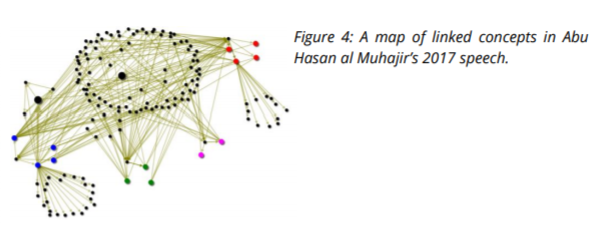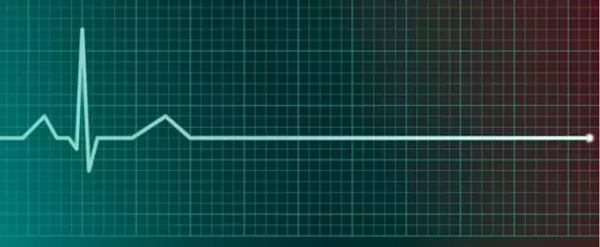Threeness games — some back-up materials
Wednesday, October 3rd, 2018[ by Charles Cameron — ternary logic is of special import because it upsets binary oppositional thinking ]
.
In a recent comment, I said that to connect with my various posts on three-player games, there’s this from an episode of Designated Survivor:
transnational three-way spy trade
For the record, that’s a win-win-win strategy.
**
While we’re on the subject of threeness games, there’s Brett Kavanaugh‘s explanation of Devil’s Triangle as a drinking game in his testimony:
Sen Whitehouse: Devil’s Triangle?
Judge Kavanaugh: Drinking game.
Sen Whitehouse: How’s it played?
Judge Kavanaugh: Three glasses, in a triangle..
Sen Whitehouse: And?
Judge Kavanaugh: You ever play Quarters?
Sen Whitehouse: No.
Judge Kavanaugh: It’s a Quarters game.
Here’s a more conventional explanation:
A “Devil’s Triangle” is a widely used term for an act of sexual congress between two men and a woman; but during his hearing, Brett Kavanaugh nonsensically insisted that this was some sort of drinking game.
Okay, these matters are interesting not because they deal with threeness as in friend or foe games in which temporary alliances (twos) can overcome single ones while new alliances can switch losers for winners — nor as in Konrad Lorenz‘s goose pecking order example, where a > b > c > a — but simply because threeness is involved — three players, three cups &c.
**
For good measure, from MIT Tech Review, The first “social network” of brains lets three people transmit thoughts to each other’s heads:
In recent years, physicists and neuroscientists have developed an armory of tools that can sense certain kinds of thoughts and transmit information about them into other brains. That has made brain-to-brain communication a reality.
These tools include electroencephalograms (EEGs) that record electrical activity in the brain and transcranial magnetic stimulation (TMS), which can transmit information into the brain.
That — apart from the brains themselves — is the basic tech involved.
In 2015, Andrea Stocco and his colleagues at the University of Washington in Seattle used this gear to connect two people via a brain-to-brain interface. The people then played a 20 questions–type game.
An obvious next step is to allow several people to join such a conversation, and today Stocco and his colleagues announced they have achieved this using a world-first brain-to-brain network. The network, which they call BrainNet, allows a small group to play a collaborative Tetris-like game.
That’s the gaming.
And here’s the pretty diagram that allows those like myself who have only the haziest of ideas where or what the occipital cortex is to nod sagely, acknowledging that we learn something new every day..
**
One isn’t, I’ve argued, even a number: one is one and all alone, and ever more shall be so. Two is the first number, standing as it does both for binary systems (duel and duet, competition and collaboration) and for many or all, as in the one and the many, or one and all..
But three — ah, three is the first differentiated number, neither two nor two plus two (aka two multiplied by two, two to its own power, two squared, four).. It stands in its own right: three.
In the number series, it offers us our first hint that there are shades of grey possible between none and one, yes and no, day and night, black and white..
Three is the tie-breaker, the umpire, balance, justice — three is the liminal number par excellence.
**
And one last scrap of detail:
The proof-of-principle network connects three people: two senders and one person able to receive and transmit, all in separate rooms and unable to communicate conventionally. The group together has to solve a Tetris-like game in which a falling block has to be rotated so that it fits into a space at the bottom of the screen.
The two senders, wearing EEGs, can both see the full screen. The game is designed so the shape of the descending block fits in the bottom row either if it is rotated by 180 degrees or if it is not rotated. The senders have to decide which and broadcast the information to the third member of the group.
This is all a bit primitive thus far, but then it’s also a beginning — a window on vast possibilities.
**
Zenpundit, Numbers by the numbers: three / pt 1, Zenpundit, Spectacularly non-obvious, I: Elkus on strategy & games Zenpundit, Spectacularly non-obvious, 2: threeness games Zenpundit, Spectacular illustration of a game of three & no doubt, more..
Three — watch out for it, in Hegel, in CS Peirce, in George Boole, in Clausewitz, everywhere!

















